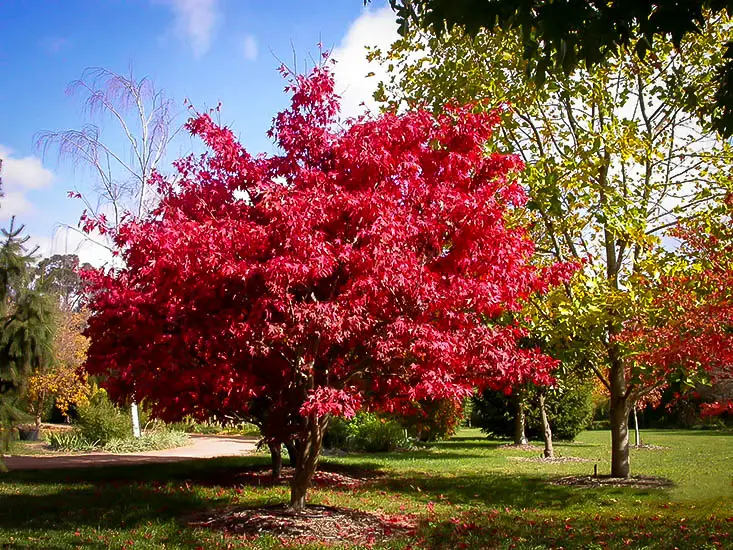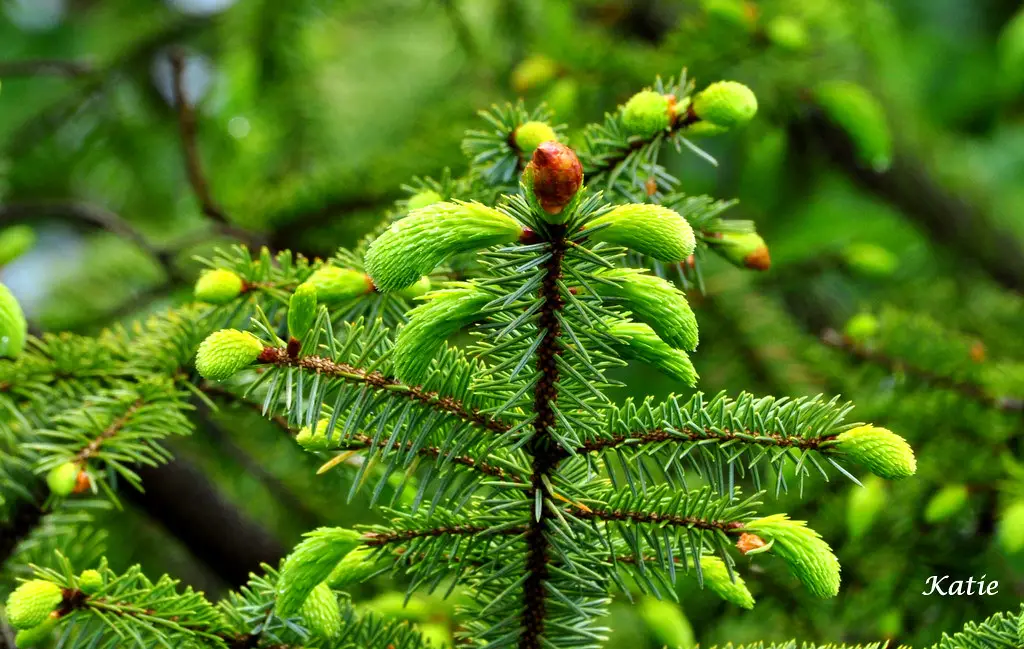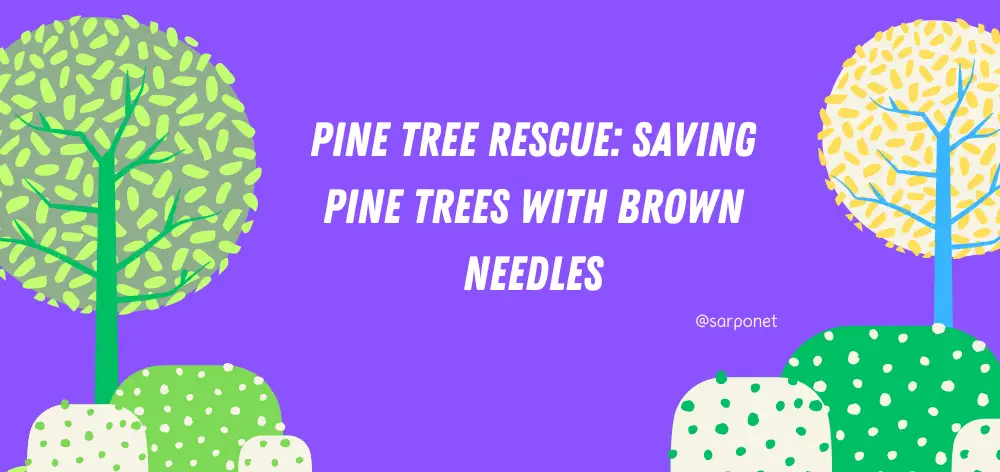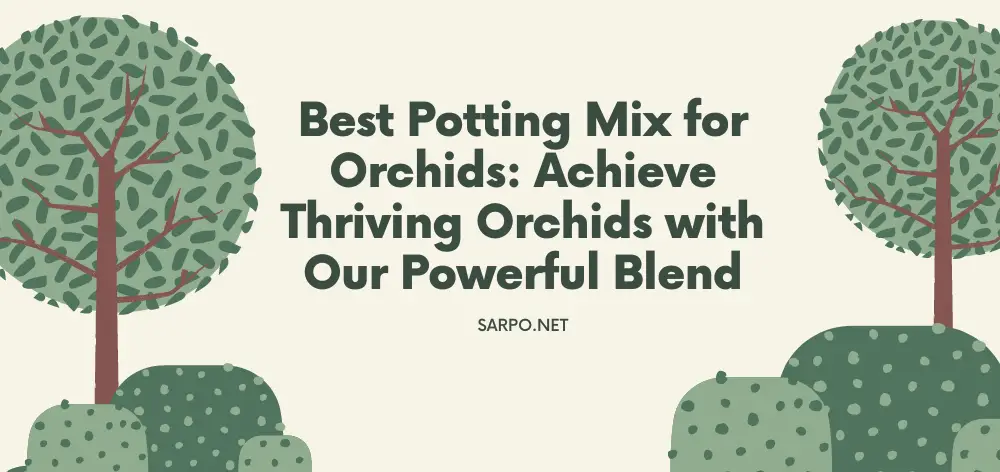
Canadian Maple vs Japanese Maple: Which One is Right for Your Garden?
Canadian Maple and Japanese Maple are two distinct species of maple trees, each possessing its own unique characteristics and contributing to the diverse tapestry of arboreal beauty. These trees, originating from different parts of the world, not only differ in their natural habitats but also in aspects such as leaf structure, size, and overall appearance.
In this exploration, we delve into the nuances that distinguish the Canadian Maple, with its stately presence in North America, from the delicate elegance of the Japanese Maple, rooted in the landscapes of East Asia. From leaves to growth habits, these maples offer a fascinating comparative study, allowing enthusiasts and admirers of nature to appreciate the rich diversity within the maple genus.
There are a few key differences between Canadian Maple and Japanese Maple trees. For one, Canadian Maple trees are much taller, often growing to over 100 feet. Japanese Maple trees, on the other hand, tend to be shorter and more compact, typically only reaching about 30 feet in height.
Additionally, the leaves of Canadian Maple trees are larger and have more of a pointy shape, while Japanese Maple leaves are smaller and have more of a rounded shape. Finally, Canadian Maples typically have greenish-brown bark, while Japanese Maples usually have reddish-brown bark. So which type of maple tree is better?
That really depends on your personal preferences. If you want a tall tree with big leaves, then the Canadian Maple is probably your best bet. But if you prefer a shorter tree with smaller leaves and an attractive reddish-brown bark coloration, then the Japanese Maple might be more your style.
Ultimately it comes down to what you like – there’s no right or wrong answer when it comes to these two types of maple trees!
Are Canadian Maples Fast Growing?
Yes, Canadian maples are fast-growing. In fact, they are one of the fastest-growing trees in North America. They can grow up to 2 feet per year and reach a height of over 100 feet.
Canadian Red Maple
Red maple is one of the most common trees in North America. It’s also one of the most popular trees for landscaping and home decoration. The red maple is a deciduous tree, meaning it loses its leaves every autumn.
The leaves are usually red, but they can also be yellow, orange, or brown. The tree gets its name from the color of its leaves in fall. The red maple grows best in moist soils and full sun.
It’s a fast-growing tree that can reach up to 50 feet tall. Red maples are relatively short-lived trees, with a lifespan of only 20 to 30 years. But they’re easy to care for and require little maintenance once they’re established.
If you’re looking for a beautiful tree to add to your property, consider the red maple. With its stunning fall foliage and ease of care, it’s sure to enhance your landscape for many years to come.
What is the difference between a Red Maple And a Japanese Maple?
Acer rubrum, or the red maple, is a species of maple native to eastern North America from Nova Scotia west to Minnesota, and south to Florida. It is one of the most common trees in the United States. The red maple can reach a height of 30m (100ft) and a trunk diameter of 0.5m (1.5ft), though it is usually smaller with an average height of 15-20m (50-70ft).
The leaves are arranged alternately on the stem and are simple with three lobes, each 2–6cm (0.8–2.4in) long; they have double-serrate margins and turn bright red in autumn. The flowers are small, greenish-yellow, borne in pairs on slender stems 4–8cm (1.6–3in) long that grow from the leaf axils; they appear in early spring before the leaves expand fully. The fruit is a samara 2cm (0.8in) long with two winged seeds; it matures in late spring or early summer
Acer palmatum, commonly known as Japanese maple or sometimes bloodleaf, is a species of woody plant native to parts of Asia including Korea, China, Japan, and Russia. It is usually found growing on mountain slopes at altitudes between 500-2000m above sea level but can also be found at lower altitudes such as 150m above sea level near Osaka in Japan.

What is the Best Maple Tree to Plant in the Yard?
There are many different types of maple trees to choose from when deciding which is the best to plant in your yard. Some maples are better suited for certain areas than others, so it is important to do some research before making a decision. Here are a few things to consider when choosing a maple tree:
-The size of the tree. Some maple trees can grow quite large, so make sure you have enough space in your yard for the tree to reach its full potential. -The climate.
Different types of maple trees thrive in different climates. Make sure you choose a type of maple that will be able to survive and thrive in the climate where you live. -Your soil type.
Maple trees prefer well-drained soils. If your soil is not well-drained, you may need to amend it before planting the tree. Once you have taken all of these factors into consideration, you should be able to narrow down your choices and decide which type of maple tree is best for your yard.
Which Maple Tree is the Most Beautiful?
There are a few different types of maple trees, each with its own unique appearance. Here is a look at some of the most beautiful maple trees: The Japanese Maple Tree is probably the most popular type of maple tree.
It has a very distinctive look, with its deeply lobed leaves and graceful branching. The leaves are often brightly colored, ranging from red to purple. The Japanese Maple is a small tree, typically reaching only 15-20 feet tall.
The Sugar Maple Tree is another popular type of maple tree. It gets its name from the fact that it produces large quantities of sugar syrup (maple syrup). The sugar maple has a more traditional “maple” shape, with five-lobed leaves and strong branches.
The leaves are usually green in summer and turn yellow, orange or red in fall. Sugar maples can grow quite large, up to 100 feet tall! The Norway Maple Tree is another type of beautiful maple tree.
It has a similar shape to the sugar maple, but its leaves are usually darker green and have fewer lobes. Norway maples also have attractive reddish-brown bark. These trees can grow quite large as well, up to 80 feet tall!
Small Maple Trees
Small maple trees are beautiful additions to any home landscape. Though they don’t grow as large as their counterparts, these trees pack a lot of punch in terms of aesthetics and function. Here are some things to consider if you’re thinking about adding a small maple tree to your yard:
Types of Small Maple Trees
There are several different types of small maple trees available on the market today. Some popular varieties include the Japanese Maple (Acer palmatum), Dwarf Norway Maple (Acer platanoides ‘Columnare’), and Crimson King Maple (Acer rubrum ‘Crimson King’).
Each variety has its own unique set of characteristics, so be sure to do your research before making a purchase.
Location, Location, Location!
As with any plant, placement is key when it comes to small maple trees.
These trees prefer full sun to partial shade and well-drained soil. Avoid planting them in low-lying areas that stay wet for extended periods of time – this can lead to root rot and other problems. When choosing a location, also keep in mind that mature trees can reach up to 20 feet tall, so make sure you have enough space!
Sugar Maple
Sugar maple is a type of maple tree that is native to North America. It is one of the most important trees in the forestry industry and is also a popular choice for landscaping. Sugar maple has a strong, straight trunk and branches that grow symmetrically.
The leaves are large, dark green, and have five lobes. The fall foliage is typically red, orange, or yellow. Sugar maples can grow to be over 100 feet tall and live for hundreds of years.
The sugar maple tree is best known for its sweet sap, which is used to make syrup and sugar. Maple syrup has a long history in North America and was an important trade good between Native Americans and European settlers. Today, it continues to be a popular breakfast condiment as well as an ingredient in many recipes.
Sugar maples are also tapped for their sap in the production of bourbon whiskey and other liquors.
How to Identify a Maple Tree for Tapping
If you’re looking to tap a maple tree for syrup, the first step is identifying which trees are maples! Maple trees belong to the Aceraceae family and there are over 120 species of maple trees in North America. Here are some tips for identifying a maple tree:
- Look at the leaves. Maple leaves are usually opposite each other on the stem and have 3-5 lobes. The edges of the leaves can be either smooth or serrated.
- Check out the bark. The bark of a mature maple tree is typically dark brown or reddish-brown and is smooth to the touch. Younger trees will have lighter-colored bark that is often scaly or flaky.
- Take note of the size and shape of the tree. Maple trees can range in size from 20 feet to 100 feet tall! They also tend to have a round or oval-shaped canopy with branches that grow evenly around the trunk.
How to Identify a Maple Tree Without Leaves
In the fall, when leaves are changing color and falling off of trees, it can be difficult to identify a maple tree without leaves. There are a few key characteristics that you can look for to help you determine if a tree is a maple. First, take a look at the bark.
Maple trees have smooth, grayish-brown bark with small bumps or ridges. If you see these bumps or ridges, it’s likely that you’re looking at a maple tree. Next, examine the branches.
Maple trees have opposite branching, meaning that the branches grow in pairs on either side of the trunk. This is different from most other trees which have alternate branching (branches growing singly on either side of the trunk). Finally, look at the shape of the leaves.
Maple leaves are typically 3-5 lobed and have sharp points on the end of each lobe. If you see these characteristics on a leafless tree, there’s a good chance it’s a maple!
Frequently Asked Questions:
Which maple is strongest?
The sugar maple (Acer saccharum) is often considered one of the strongest maples. It is valued for its hard wood, which is commonly used in the production of furniture and flooring.
Which maple tree is the most beautiful?
The Japanese maple (Acer palmatum) is often considered one of the most beautiful maple trees.
Which maple tree grows fastest?
The red maple (Acer rubrum) is known for its relatively fast growth among maple trees.
– Can Wood Pellets from Maple Trees be Used for Different Types of Maples in Gardening?
Yes, wood pellets from maple trees can be used for different types of maples in gardening. These pellets are a byproduct of the wood pellet production process and make an excellent natural fertilizer for maple trees. They provide essential nutrients and help improve soil quality for healthier growth.
Conclusion
There are a few key differences between Canadian and Japanese maples. For one, Canadian maples tend to be hardier and less picky about their growing conditions than Japanese maples. They also don’t require as much pruning and upkeep.
Additionally, the leaves of Canadian maples are usually larger than those of Japanese maples. Finally, the fall color of Canadian maples is typically more subdued than that of Japanese maples.
Related Articles:
10 Best Small Evergreen Trees with Non Invasive Roots
 Dr Ahsanur Rahman, PHD
Dr Ahsanur Rahman, PHDPine Tree Rescue: Saving Pine Trees with Brown Needles
 Dr Ahsanur Rahman, PHD
Dr Ahsanur Rahman, PHD





